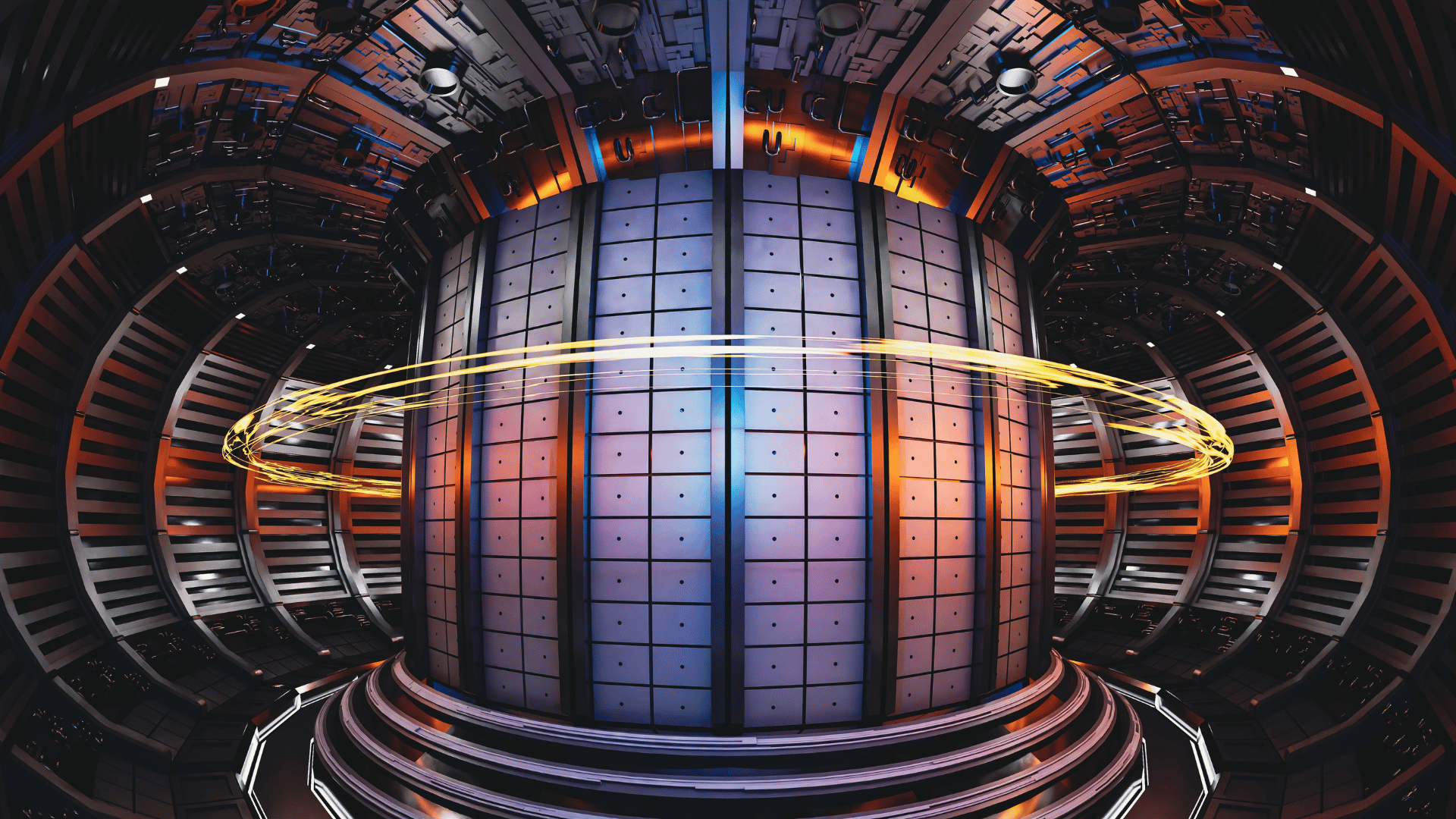Scientists made a breakthrough in making fusion energy safer and more reliable. MIT scientists and researchers developed a novel method that combines machine learning with physics-based models to accurately predict how plasma behaves during the crucial process of safely turning off the circulating plasma current within a tokamak fusion machine.
Tokamaks are donut-shaped devices first built in the Soviet Union. These machines use powerful magnets to contain and harness plasma heated to over 100 million degrees Celsius. If successful, these machines could provide clean, limitless energy.
However, one of the primary technical challenges is safely and reliably shutting down the high-speed, superheated plasma. This step is necessary when the plasma becomes unstable to prevent damage to the reactor’s interior.
Safer Tokamak Shutdowns For Reliable Fusion Energy

According to MIT’s study, the rampdown process itself can occasionally cause the plasma to destabilize. As a result, it leads to minor scrapes and scarring on the machine’s internal walls. While minor, these blemishes can be time-consuming to repair. This risk is amplified as fusion machines scale up to grid-level dimensions.
“For fusion to be a useful energy source it’s going to have to be reliable,” said lead author Allen Wang. “To be reliable, we need to get good at managing our plasmas.”
Researchers detailed their newly developed method in a paper published in Nature Communications. Their method addresses this problem by combining a neural network with an existing model that simulates plasma dynamics in accordance with the fundamental laws of physics. Because it’s a hybrid approach, it drastically reduces the amount of data required for training.
Wang noted that using a traditional neural network alone would require an “ungodly amount of data.” Instead, researchers used a relatively small number of plasma pulses from the TCV (Swiss Variable Configuration Tokamak) to train and validate the combined approach.
Then, the MIT team developed an algorithm to translate the model’s predictions into practical instructions that tokamak controllers can automatically execute. When researchers tested this on the TCV, the algorithm successfully produced instructions, or trajectories, that safely ramped down the plasma pulse.
Researchers noted that in some cases, it ramped them down faster, with no disruptions, compared to runs without their new method.
“We’re trying to tackle the science questions to make fusion routinely useful,” Wang said. “What we’ve done here is the start of what is still a long journey. But I think we’ve made some nice progress.”







